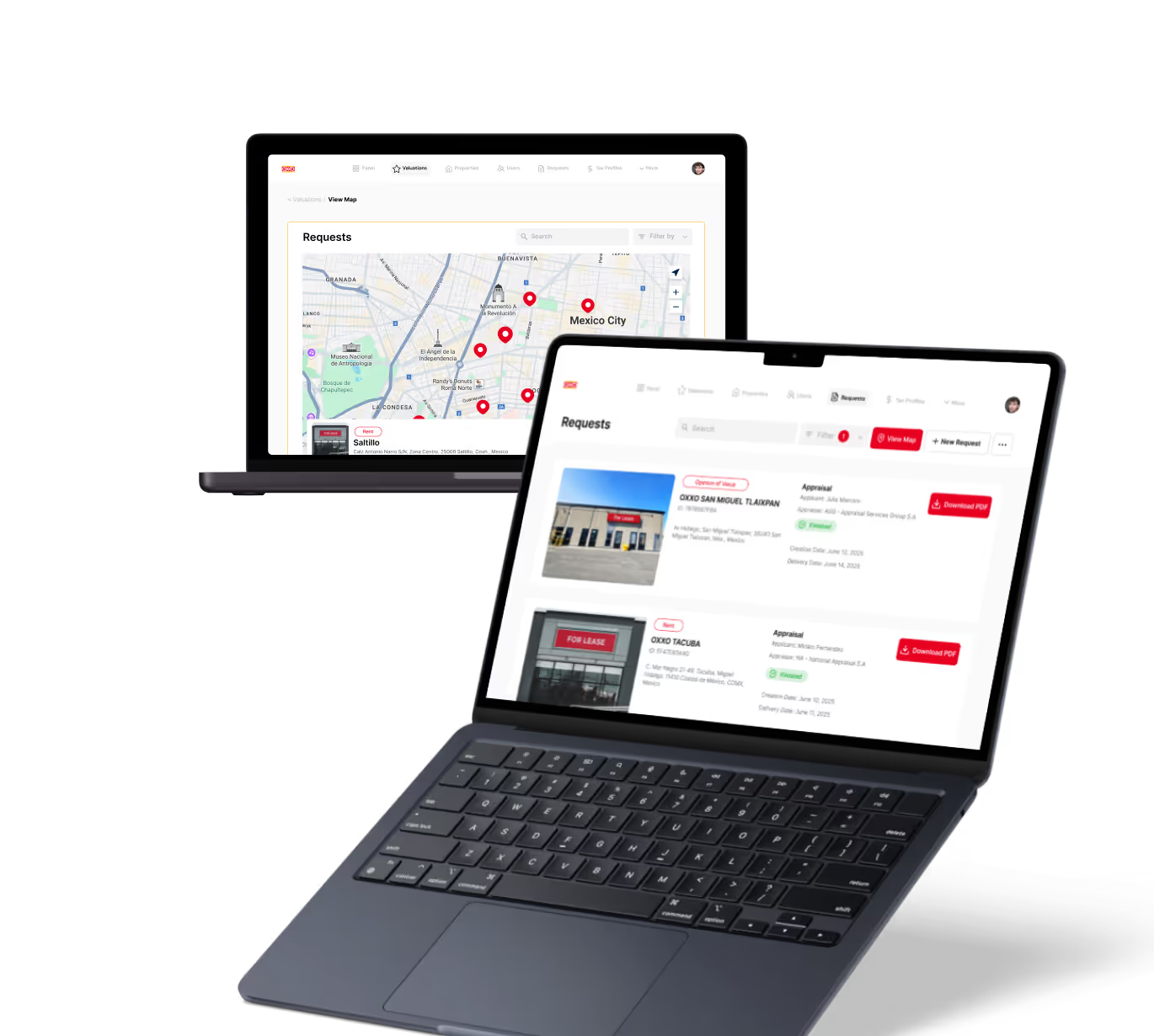Response Code in Automation
Automation
Learn how response codes work in automation and why they matter for reliable workflows and error handling.
Introduction to Response Codes in Automation
When you build automated workflows, understanding response codes is key. These codes tell you if a task succeeded or failed, helping you keep your processes smooth.
Whether you use tools like Zapier, Make, or custom APIs, response codes guide your automation’s next steps. Let’s explore what they mean and how to use them effectively.
What Are Response Codes?
Response codes are short messages sent back from a server or service after you make a request. They show the result of that request.
In automation, these codes help you know if an action worked or if there was a problem. For example, a code of 200 usually means success, while 404 means something wasn’t found.
- 200: Success
- 400: Bad request
- 401: Unauthorized
- 404: Not found
- 500: Server error
Knowing these helps you build smarter automations that react properly to different situations.
Why Response Codes Matter in Automation
Response codes let your automation know what happened after each step. This is important because it helps you handle errors and avoid failures.
For example, if a payment API returns a 402 code (payment required), your automation can stop or send a notification instead of continuing blindly.
- They improve reliability by catching errors early.
- They help you create conditional logic based on outcomes.
- They save time by preventing wasted actions.
- They make troubleshooting easier with clear error signals.
Without response codes, your automation might fail silently or cause bigger problems.
How to Use Response Codes in No-Code Tools
Most no-code platforms like Bubble, Zapier, and Make let you check response codes easily.
Here’s how you can use them:
- Check the response code after an API call. For example, in Zapier, use the "Filter" step to continue only if the code is 200.
- Create conditional paths. If the code is 404, send an alert or try a different action.
- Log errors. Save response codes and messages to a spreadsheet or database for review.
- Retry failed steps. Use loops or delay actions if you get temporary errors like 503.
These steps help you build robust workflows that adapt to real-world issues.
Examples of Response Code Handling
Here are some practical examples from popular tools:
- Zapier: After a webhook triggers, use a filter to check if the response code is 200 before proceeding.
- Make (Integromat): Use routers to split the flow based on response codes, handling errors separately.
- Bubble: In API workflows, check the response code and show user-friendly error messages if needed.
- FlutterFlow: When calling APIs, use response code checks to update UI elements or retry requests.
These examples show how response codes improve user experience and workflow stability.
Best Practices for Managing Response Codes
To get the most from response codes, follow these tips:
- Always check the code. Don’t assume success; verify each response.
- Handle common errors gracefully. Provide clear messages or fallback actions.
- Log all responses. Keep records for debugging and improvement.
- Use retries wisely. Avoid infinite loops by limiting retry attempts.
- Test your workflows. Simulate errors to see how your automation reacts.
These practices help you build dependable and user-friendly automations.
Conclusion
Response codes are a simple but powerful tool in automation. They tell you what happened after each action and help you decide what to do next.
By understanding and using response codes, you can create workflows that handle errors smoothly, save time, and improve your automation’s reliability. Start checking response codes today to make your automations smarter and more effective.
FAQs
What does a response code mean in automation?
Which response code means success?
How do no-code tools use response codes?
Why should I log response codes in automation?
Can response codes help prevent automation failures?
What are common response codes to watch for?
Related Terms
See our numbers
315+
entrepreneurs and businesses trust LowCode Agency
Investing in custom business software pays off
We were managing property valuations across multiple brands, and the complexity was overwhelming our traditional processes. Every day of delay in property evaluation meant potential lost revenue and competitive disadvantage.
15,000+
property valuations managed through centralized platform
40%
reduction in valuation processing time

J.Antonio Avalos
,
Product Manager Lead
OXXO



%20(Custom).avif)